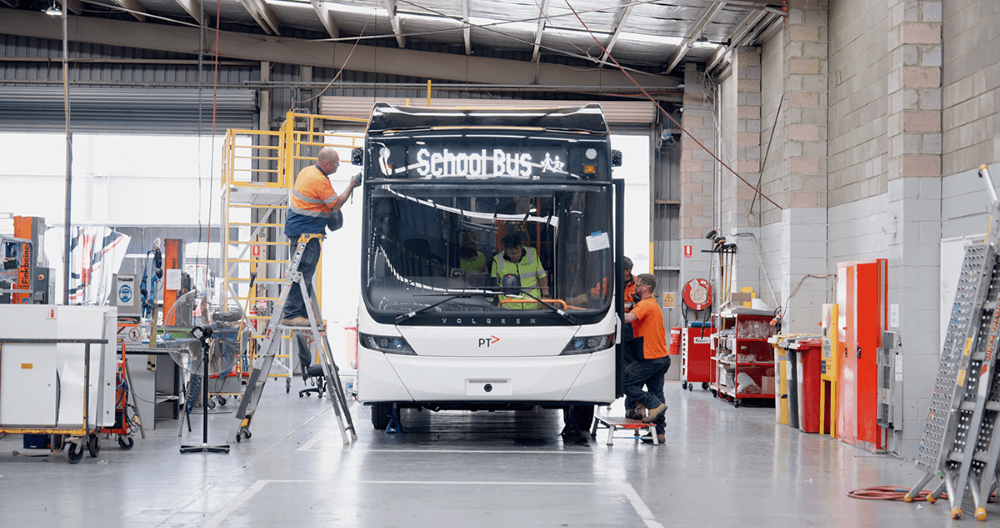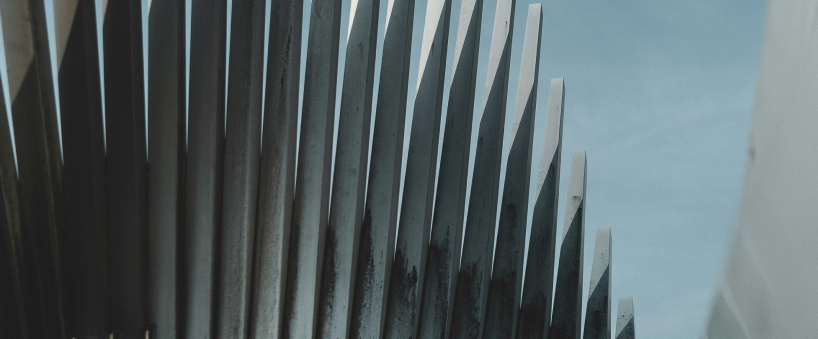

Volgren, Australia’s largest bus body manufacturer, is strengthening its commitment to innovation and sustainability through a long-standing partnership with Capral Aluminium. The collaboration ensures a reliable supply of high-quality, locally sourced aluminium that forms the backbone of Volgren’s bus body structures.

Image credit: www.capral.com
“There’s been a misunderstanding in some parts of the industry that, because we use the Co-Bolt gussets from Hess, all aluminium used in our buses comes from Switzerland, but our aluminium is all locally sourced from Capral,” said Yuri Tessari, Chief Commercial Officer and Head of Strategy at Volgren. “We only use HESS’ Co-Bolt technology that helps us to bolt and screw our structure together without the need to weld.”
Since its founding in the 1970s in Dandenong, Victoria, Volgren has bucked global trends by choosing aluminium over steel for bus body construction. This decision, born from a 1979 partnership with Swedish OEM Volvo, continues to deliver wide-ranging benefits.
“Aluminium overall is a better raw material to use – it is lighter and has anti-corrosion properties,” Tessari explained. “You can build a body with aluminium that will last longer, regardless of operational conditions. Especially when we are venturing into zero-emissions technologies, having a lighter body structure provides us with far better fuel or energy efficiency than what we’d get with steel.”
Volgren’s adoption of Capral’s custom-designed aluminium extrusions and its innovative Co-Bolt assembly system, which eliminates the need for welding, ensures consistent build quality.
“Welding a bus structure requires lots of welds, so you rely too much on the quality of the work, which is often manual. Faulty welds could easily lead to structural breaks,” Tessari added. “However, with custom aluminium extrusions, it’ll always be bolted to the right tension in the same spot, so we know our bodies are going to last.”
This precision allows Volgren to offer warranty periods exceeding 20 years, securing major contracts across Australia.
“We’ve been able to commit to long warranty periods because we use aluminium that we know is going to last us for a long period,” Tessari noted.
Capral’s role in supporting Volgren’s sustainability goals has grown with the launch of LocAl®, a lower-carbon aluminium available across extruded and rolled products.
“In 2025, approximately 30 per cent of the primary aluminium billet Capral uses in its eight local extrusion presses have a carbon content lower than eight kilograms CO2e per kilogram of aluminium,” said Luke Hawkins, Capral’s General Manager of Supply and Industrial Solutions. “Approximately 300 tonnes have a certified carbon content lower than four kilograms of CO2e per kilogram of aluminium.”
Globally, primary aluminium production averages 12.4 kg CO2e/kg Al. Capral’s LocAl Green option dramatically lowers this figure, supporting Australian manufacturers in responsible procurement.
“At eight kilograms of carbon emissions per kilogram of aluminium, the LocAl Green offer has significantly lower carbon emissions than the global average for primary aluminium,” Hawkins added.
Sourced exclusively from Aluminium Stewardship Initiative (ASI) certified smelters, LocAl Green aluminium is helping Volgren achieve weight reductions of up to 350 kilograms per bus body compared to steel structures.
“This gives us better fuel and battery consumption on all bus body models that we produce,” Tessari said.
Both Capral and Volgren take pride in their Australian heritage. Capral recently joined the Australian Made campaign, and its locally produced extrusions now carry the iconic green and gold kangaroo logo.
“As we keep building on our product designs, we won’t stray from using aluminium from Capral,” Tessari affirmed. “We’ll continue working with them to update our product range as we move forward. A big part of this centres around using Capral’s aluminium extrusions in a variety of ways to innovate.”
Responses








